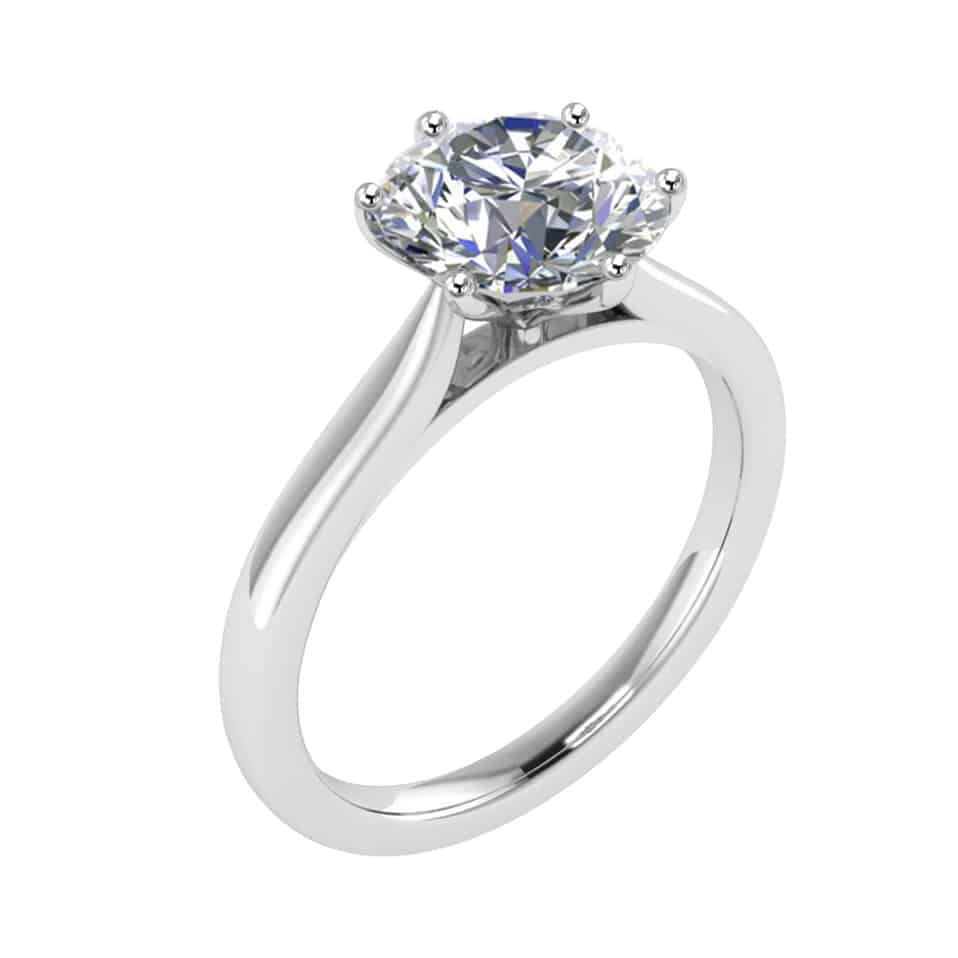The Rise of Garand Thumb: Why You’re More Prone to it as You Age
Garand thumb is a common injury that affects gun enthusiasts of all ages. However, as you age, you become more prone to experiencing this painful condition. In this article, we will explore the reasons behind the rise of Garand thumb as you age and what you can do to prevent it.
The Age Factor
As you get older, your joints and muscles start to become less flexible and more prone to injury. This is why older individuals are at a higher risk of developing Garand thumb. The natural aging process leads to a gradual decrease in overall hand strength and dexterity, making it more challenging to handle firearms without inadvertently injuring yourself. Additionally, older individuals may have pre-existing conditions such as arthritis or tendonitis, which can further exacerbate the risk of Garand thumb.
The Impact of Repetitive Motion
Another reason why age plays a significant role in the rise of Garand thumb is the impact of repetitive motion on the body. Over time, the repetitive action of loading and unloading firearms can take a toll on your hands, leading to inflammation and strain in the fingers, thumb, and hand muscles. As you age, your body’s ability to recover from these repetitive movements diminishes, making it more likely for injuries like Garand thumb to occur.
Loss of Grip Strength
With age, there is a natural decline in grip strength, which can make it more challenging to manipulate firearms with precision and control. This loss of grip strength can result in fumbling or incorrect hand positioning when handling firearms, increasing the risk of Garand thumb. Additionally, as you age, you may be more prone to accidents or slips due to a decrease in overall coordination and motor skills, which can also contribute to the likelihood of Garand thumb occurring.
Preventive Measures
Although the risk of Garand thumb increases with age, there are preventive measures that individuals can take to reduce the likelihood of experiencing this injury. Engaging in regular hand and grip strength exercises can help maintain the flexibility and dexterity of the hands, reducing the risk of strain and injury when handling firearms. Additionally, using assistive devices such as thumb guards or ergonomic firearm accessories can provide added support and stability, minimizing the risk of Garand thumb.
Seeking Professional Guidance
If you are an older individual who enjoys shooting sports or recreational firearms, it is essential to seek professional guidance on proper firearm handling techniques. Enrolling in shooting courses or consulting with a firearms instructor can help you learn safe and effective ways to handle firearms as you age, reducing the risk of Garand thumb and other related injuries.
Conclusion
As we age, our bodies undergo natural changes that make us more prone to injuries such as Garand thumb when handling firearms. However, by understanding the impact of age on the development of this injury and taking proactive measures to prevent it, older gun enthusiasts can continue to enjoy their hobby safely and responsibly.
FAQs
What are the symptoms of Garand thumb?
The symptoms of Garand thumb include pain, swelling, and bruising at the base of the thumb, as well as difficulty grasping or holding objects.
Is age the only factor that contributes to the rise of Garand thumb?
While age is a significant factor, other factors such as improper firearm handling and lack of hand strength can also contribute to the development of Garand thumb.
Can Garand thumb be prevented?
Garand thumb can be prevented by engaging in hand and grip strength exercises, using assistive devices, and seeking professional guidance on proper firearm handling techniques.
garand thumb age
As we age, our bodies experience a natural progression of wear and tear, which can lead to the development of certain physical conditions and ailments. One such condition that tends to become more prevalent as we grow older is Garand Thumb. This term refers to the pain and discomfort that can develop in the thumb joint due to repetitive use and strain, particularly in firearm enthusiasts who frequently handle firearms such as the M1 Garand rifle.
The rise of Garand Thumb as we age can be attributed to a combination of factors. Firstly, as we get older, our joints and ligaments naturally begin to weaken and lose elasticity, making them more susceptible to injury. Additionally, years of repetitive use and strain on the thumb joint from handling firearms can lead to the gradual deterioration of the joint and surrounding tissues, increasing the likelihood of developing Garand Thumb.
Another factor that contributes to the rise of Garand Thumb with age is the accumulation of micro-traumas and injuries in the thumb joint over time. These small, repetitive injuries can eventually lead to the development of chronic pain and inflammation in the joint, often exacerbated by continued use of firearms. As we age, the body’s natural ability to repair and recover from such injuries may also diminish, making it more difficult to alleviate the symptoms of Garand Thumb.
Furthermore, age-related changes in overall physical fitness and muscle strength can also play a role in the development of Garand Thumb. As we age, muscle mass and strength tend to decline, leading to decreased support and stability for the thumb joint. This can result in increased strain on the joint during activities that require gripping and manipulating firearms, contributing to the development of Garand Thumb.
It’s important to note that, in addition to age-related factors, individual variations in hand and thumb anatomy can also influence the likelihood of developing Garand Thumb as we age. Some people may be more predisposed to developing this condition due to the natural shape and alignment of their thumb joint, which can increase the risk of strain and injury during firearm handling.
In conclusion, the rise of Garand Thumb as we age can be attributed to a combination of age-related changes in joint health, accumulated micro-traumas, muscle weakness, and individual anatomical variations. Understanding these factors can help individuals take proactive measures to prevent or manage Garand Thumb as they get older, such as incorporating hand exercises, using ergonomic firearm grips, and seeking proper medical treatment if symptoms arise. garand thumb age





